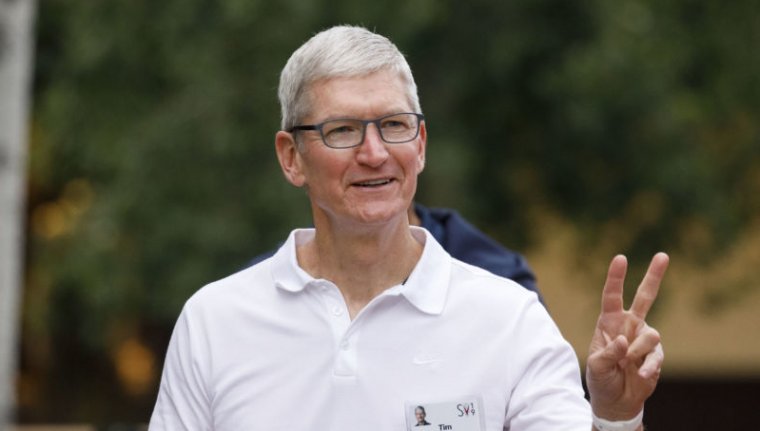
A new report in the Financial Times claims that Apple CEO Tim Cook and COO Jeff Williams overrode design team objections to move forward with a new mixed-reality headset before designers believed the technology was ready. That said, the report isn’t detailed enough to provide a nuanced picture of what’s going on inside the company.
Here’s the picture it does paint: A once-influential industrial design team is losing agency as executive departures and other factors have led to the team reporting to the company’s operations chief instead of a top-level design executive.
We’ve written quite a bit about the gradual departure of famed design chief Jony Ive, who was a close collaborator with former CEO Steve Jobs. In addition to Ive, though, Apple also lost Ive’s successor, Evans Hankey.
When Hankey left, Apple leadership either decided against or was unable to fill Hankey’s role, and the design team ended up reporting into Jeff Williams, the company’s chief operating officer—that’s according to a recent newsletter from Bloomberg’s Mark Gurman, who has often reported accurately on Apple’s internal workings in the past.
The Financial Times article additionally notes that Hankey’s departure led to other departures within the design group. It also claims that at some point since the company first started working in earnest on its mixed-reality headset in 2016, members of the design team attempted to discourage Cook and the rest of Apple’s leadership from moving forward until the technology for a lighter, more practical form factor for the device existed.
It says that Williams and Cook overruled them, believing it was time to move forward with the first iteration of the device. Last year, The Information ran a similar story, but that one specifically mentioned that Jony Ive was a particularly loud voice in favor of keeping the device to a small, standalone form factor—a sharp contrast to the device expected to ship this year, which some reports have claimed will come with a battery pack attached with a wire.
In any case, the Financial Times piece argues that Cook and Williams’ order to proceed is an example of a shift in power in a company where the design team once had more say in the company’s direction. Financial Times cites two people familiar with Apple’s decision-making as well as a former Apple engineer—though it is unclear if that source is one of those two people or an additional source.
The publication writes that Cook’s desire to secure a legacy for his time as CEO before his current shares finish vesting in 2027 is a key driver of the push forward with mixed reality over some designers’ objections.
That said, there may be other factors at play. For example, Cook and Williams may wish to release a more specialized headset this year in order to drum up creator and developer interest and to get a head start on both development resources before a more mass-market product becomes available down the line. Holding off on placing those building blocks until the underlying technologies have reached the ideal state for a consumer breakthrough could mean ceding the future of mixed reality to companies like Meta that are already shipping products and building out an ecosystem.
According to a variety of reports we’ve seen over the past few months, Apple is gearing up to release some form of mixed-reality headset by the end of this year. If it is indeed intended to be an early stab at attracting developer interest, it may make sense to debut the device and its associated software platform at the company’s annual developer conference, which is likely to take place this June.









